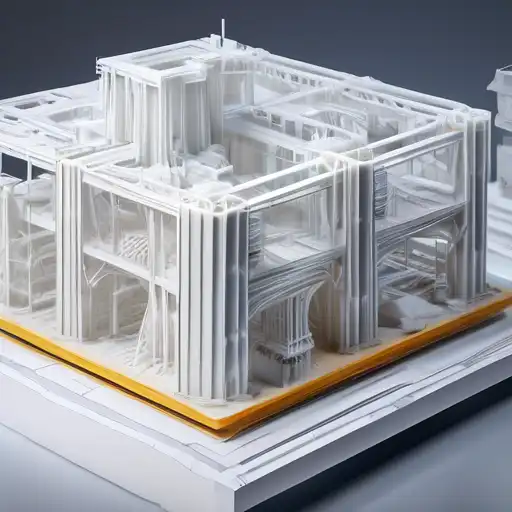Revolutionizing Construction: The Power of 3D Printing
The construction industry is on the brink of a revolution, thanks to the advent of 3D printing technology. This innovative approach to building is not only faster and more cost-effective but also opens up new possibilities for architectural design and sustainability. In this article, we delve into how 3D printing is shaping the future of construction.
What is 3D Printing in Construction?
3D printing in construction involves the use of large-scale printers to create buildings and structures layer by layer. This method can use a variety of materials, including concrete, plastic, and even recycled materials, making it a versatile option for modern construction projects.
Benefits of 3D Printing in Construction
The benefits of 3D printing in construction are manifold. Here are some of the key advantages:
- Speed: 3D printing can significantly reduce construction time, with some projects being completed in a matter of days.
- Cost-Effectiveness: By minimizing labor costs and material waste, 3D printing offers a more economical solution for building.
- Design Flexibility: This technology allows for complex and customized designs that would be difficult or impossible to achieve with traditional methods.
- Sustainability: 3D printing can use recycled materials and reduce waste, contributing to more sustainable construction practices.
Challenges and Considerations
Despite its many benefits, 3D printing in construction also faces challenges. These include regulatory hurdles, the need for skilled operators, and the current limitations in the size of structures that can be printed. However, as the technology evolves, these challenges are expected to be overcome.
Real-World Applications
Around the world, 3D printing is being used to create everything from small homes to large commercial buildings. Notable examples include the first 3D-printed office in Dubai and a 3D-printed bridge in the Netherlands. These projects showcase the potential of 3D printing to transform the construction industry.
The Future of 3D Printing in Construction
As technology advances, the possibilities for 3D printing in construction are endless. Future developments could include the printing of entire neighborhoods or even the use of 3D printing for disaster relief housing. The integration of AI and robotics could further enhance the efficiency and capabilities of 3D printing in construction.
In conclusion, 3D printing in construction represents a significant leap forward in how we build. With its numerous benefits and growing applications, it's clear that this technology will play a pivotal role in building tomorrow. For more insights into innovative construction technologies, check out our article on sustainable building materials.
